Indigenous tourism opportunities are growing around Uluru as the deadline approaches for the ban on climbing the huge Central Australian rock.

HEAD OUT ON FOOT just north of Uluru-Kata Tjuta National Park’s Cultural Centre, along the Liru walk, and you’re soon in mulga forest – a typically stunted and harsh-looking stand of trees that, I’m told, is frequently softened by bursts of pretty wildflowers after rain. Look west and there it is: Uluru.
To some it’s Ayers Rock, the name explorer William Gosse gave it in 1873. To many, it’s a place of beauty and spirituality that’s been the ancestral heartland of the Anangu people for more than 30,000 years. For 400,000 visitors annually from around the world, it’s a bucket-list destination. This morning I can see about 80 people up on it. The large number indicates conditions are favourable but also reflects the surge in tourists visiting and scaling the site before the 26 October deadline when a legal ban on climbing Uluru will take effect. There are 138 steel posts drilled into the rock that, along with the guide chain linking them, are set for removal then.
This is the first time I’ve come here to see this imposing inselberg (island mountain), which is composed geologically of arkose sandstone and rises 348m above the largely flat surrounding arid landscape, and it’s as remarkable as I’d always imagined. Upon the climb some people are doubled over, clutching the knee-high safety chain. One person loses their wide-brimmed hat and it comes to rest halfway down Uluru’s western face.
The contours and features of this rust-hued icon are, for its traditional owners, physical evidence of Tjukurpa – the basis of Anangu knowledge, law, religion, social structure and moral values. The living landscape here is their Scripture.
この記事は Australian Geographic Magazine の July - August 2019 版に掲載されています。
7 日間の Magzter GOLD 無料トライアルを開始して、何千もの厳選されたプレミアム ストーリー、9,000 以上の雑誌や新聞にアクセスしてください。
すでに購読者です ? サインイン
この記事は Australian Geographic Magazine の July - August 2019 版に掲載されています。
7 日間の Magzter GOLD 無料トライアルを開始して、何千もの厳選されたプレミアム ストーリー、9,000 以上の雑誌や新聞にアクセスしてください。
すでに購読者です? サインイン

SULAWESI SENSATIONS
There are worlds within worlds and marvels untold waiting to be experienced on Indonesia's remote islands.
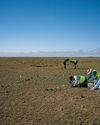
SEARCHING FOR AUSSIE DINOSAURS
Our understanding of where to find ancient life in Australia has been turned on its head by a new appreciation of the country's geology. Now the world is looking to our vast outback as the latest hotspot to locate fossils.
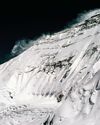
THE HARDEST NIGHT
The first Australian ascent of Mt Everest in 1984 is one of the great feats of mountaineering. Climbed by a small team semi-alpine style, with no bottled oxygen, via the Great (Norton) Couloir, it remains unrepeated 40 years later.
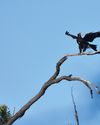
WEDGE-TAILED WONDER
The chance discovery of an eagle nest leads to an extended vigil observing normally hidden behaviours of one of nature's supreme winged marvels.
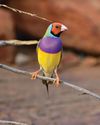
BURDENED BY BEAUTY
Northern Australia's Gouldian finch survives in huge numbers in cages around the world, but its wild population continues to struggle.
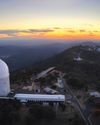
A TELESCOPE FOR A GOLDEN AGE
After a stellar 50 years as one of the country's major scientific assets, the AAT continues to play a major role in keeping Australian astronomy on the world stage.
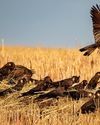
COCKY WHISPERING AT COOMALLO CREEK
This patch of remnant bush on the edge of the West Australian wheatbelt is a place loved by one of Australia's rarest bird species and the man who has studied the site for more than 50 years.

A PIONEERING PAIR
Louisa Atkinson and her mother, Charlotte, were among Australia's earliest authors, and pioneers in women's rights.
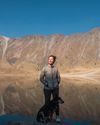
THE LONGEST WALK
Lucy Barnard is walking from Argentina to Alaska -the length of the Americas - on an extraordinary journey of endurance and adventure.
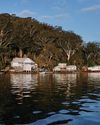
SECLUDED, BUT NOT ALONE
In an era of heightened social isolation, where many of us lead lonely lives, Dangar Island offers the chance to be part of a supportive, connected community.